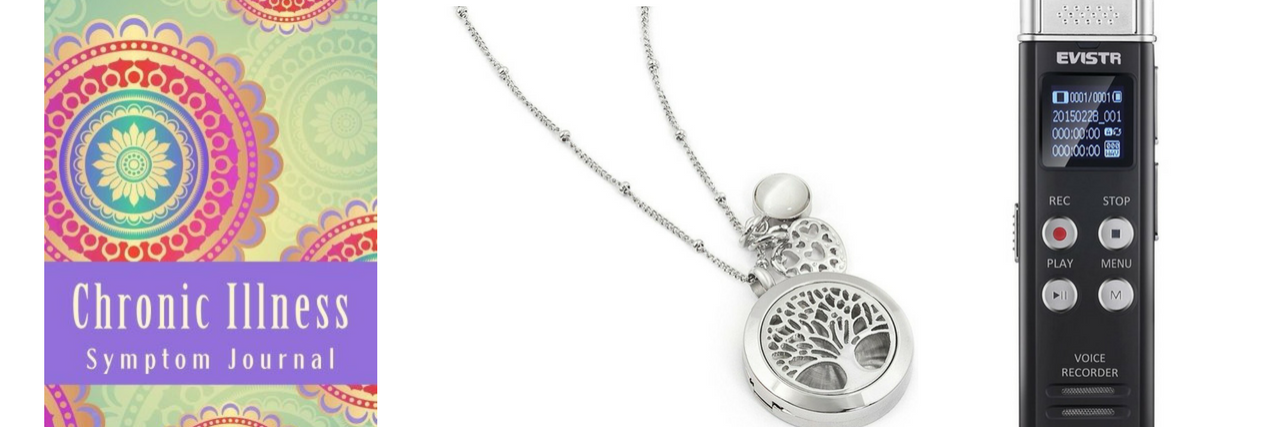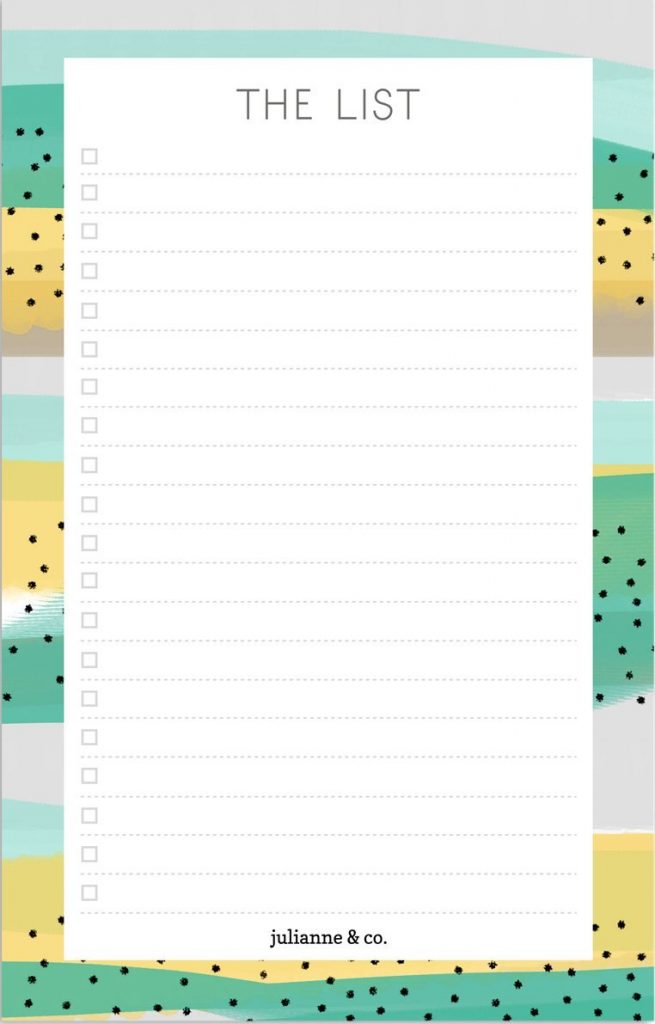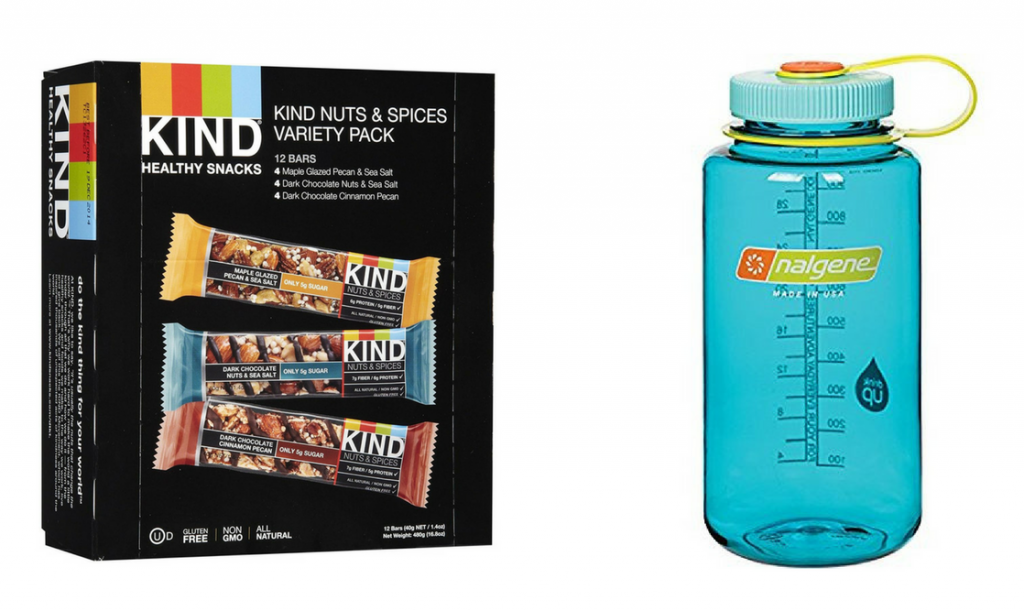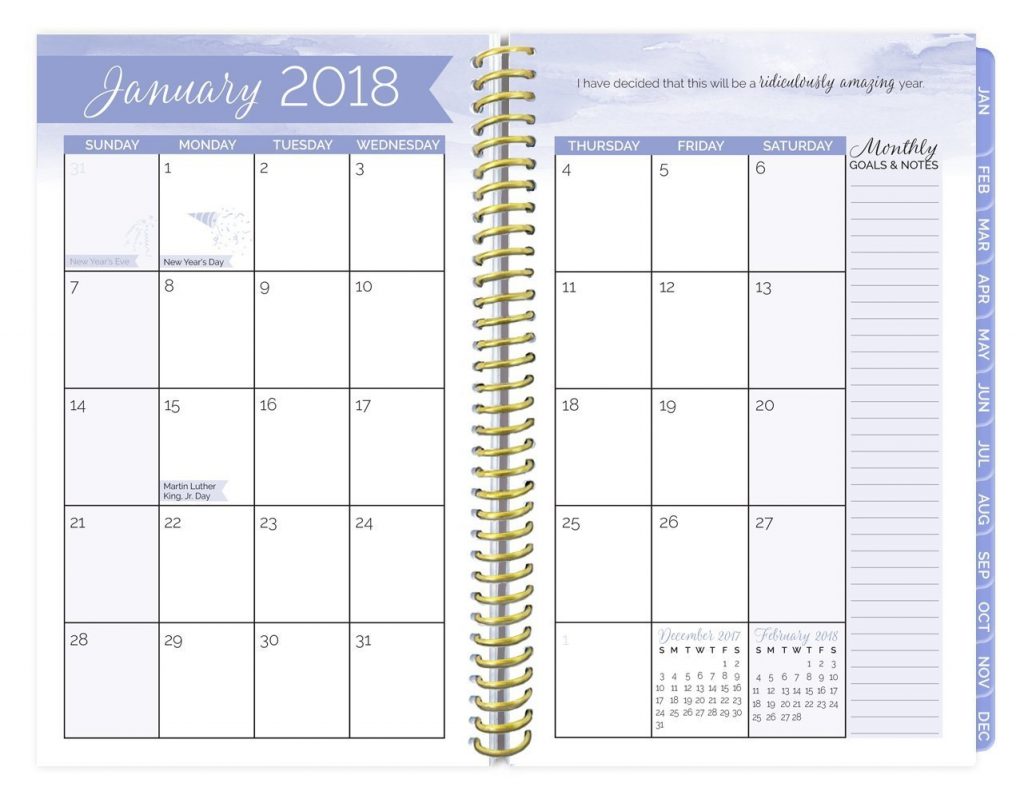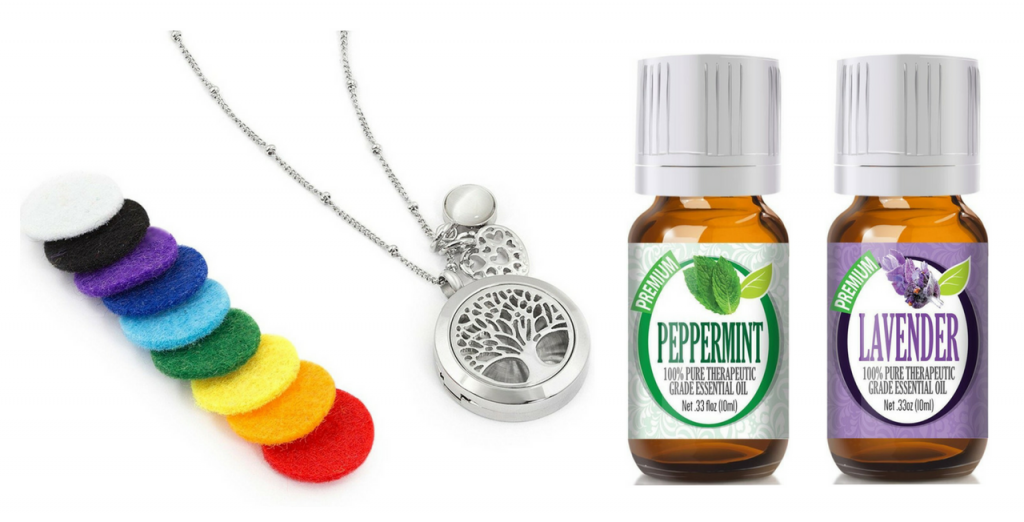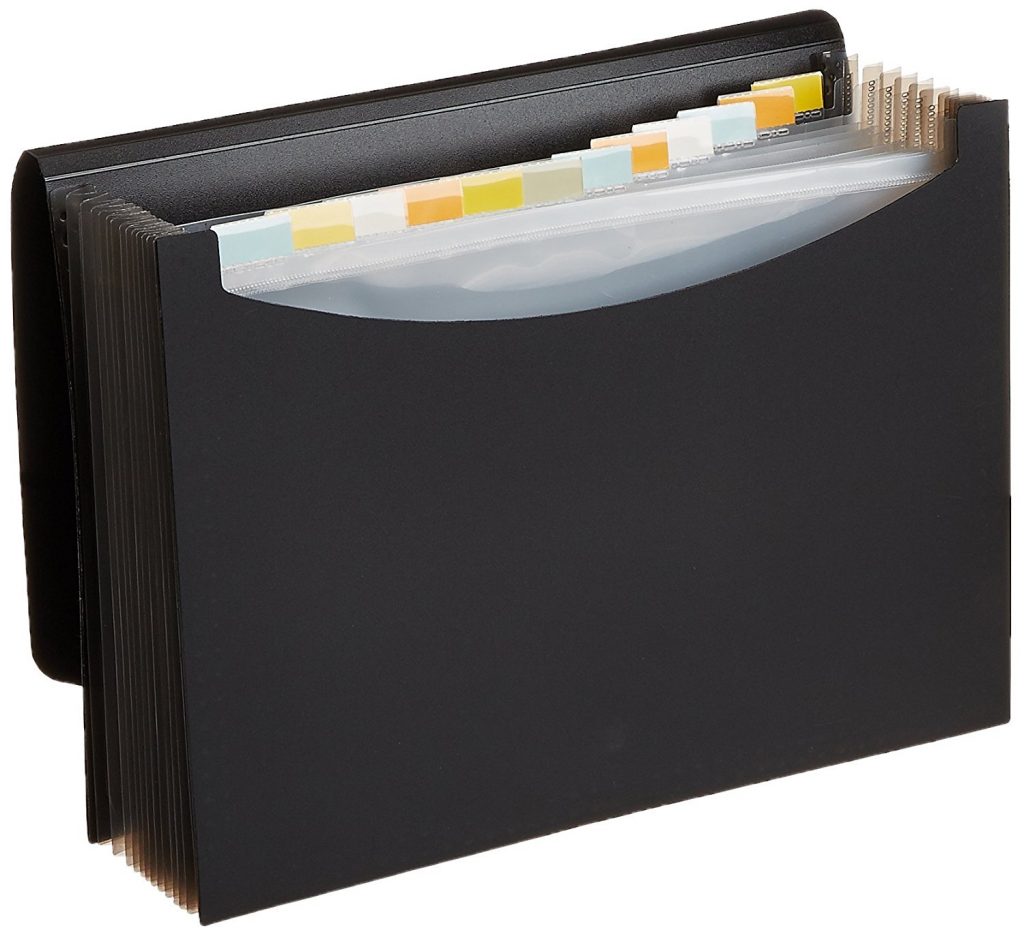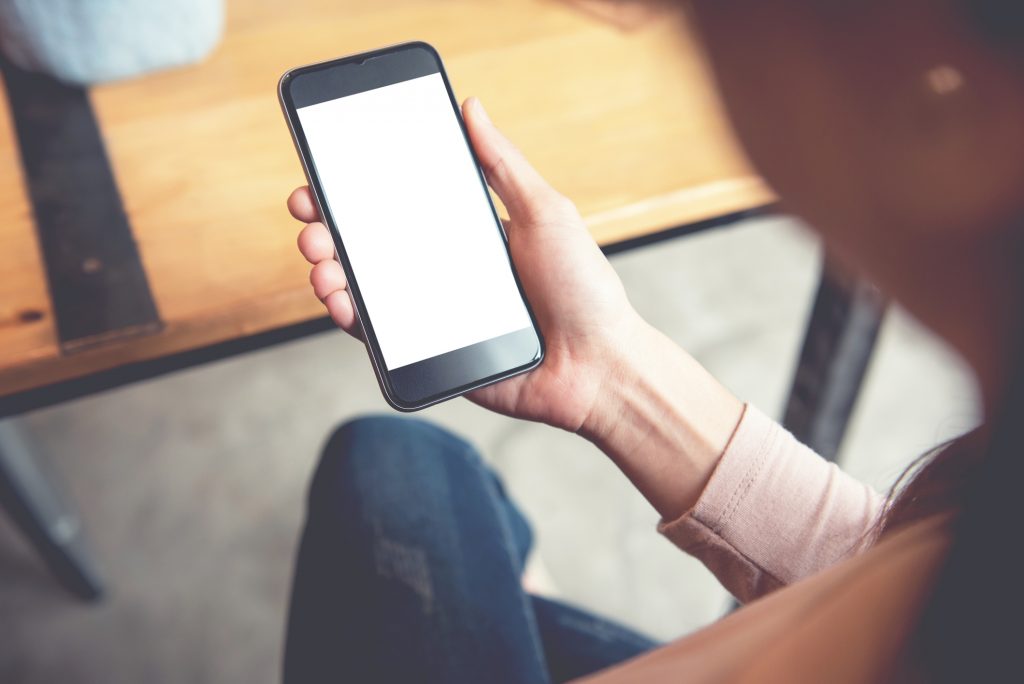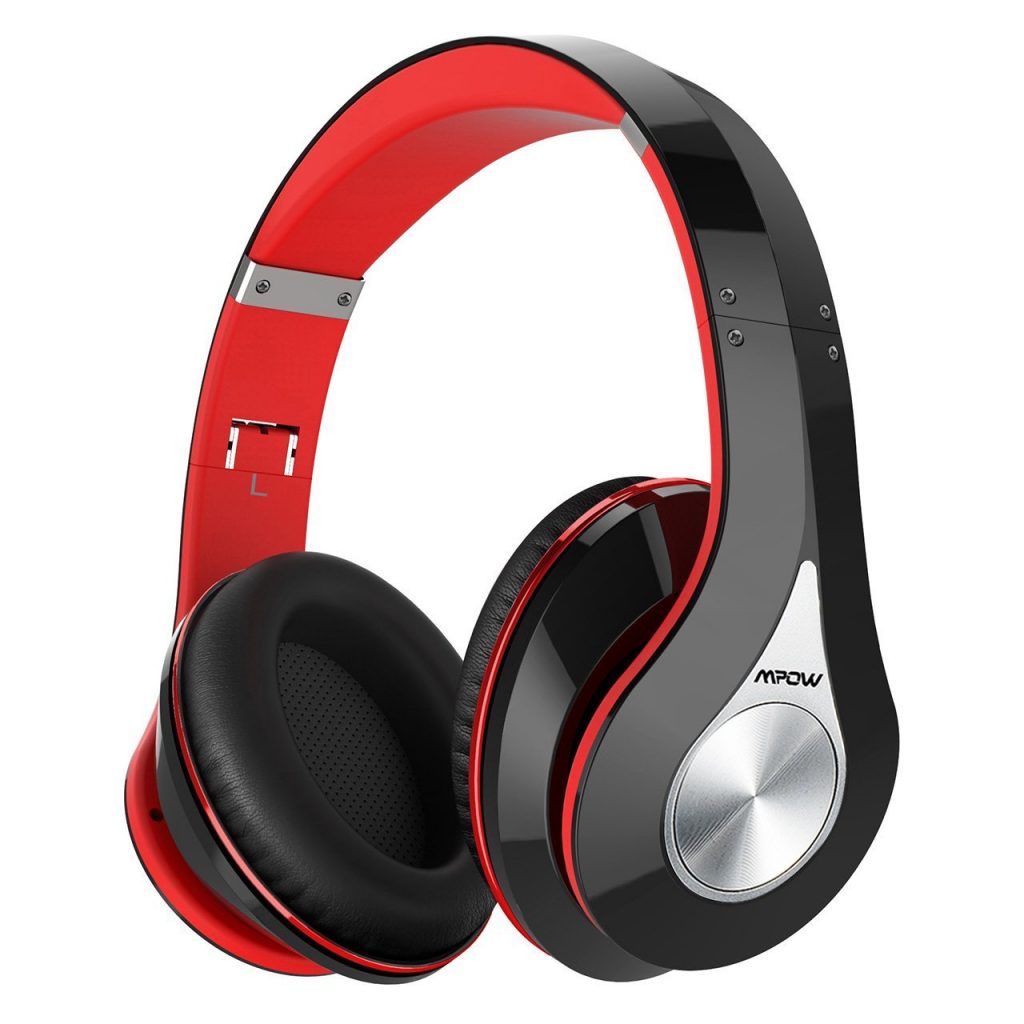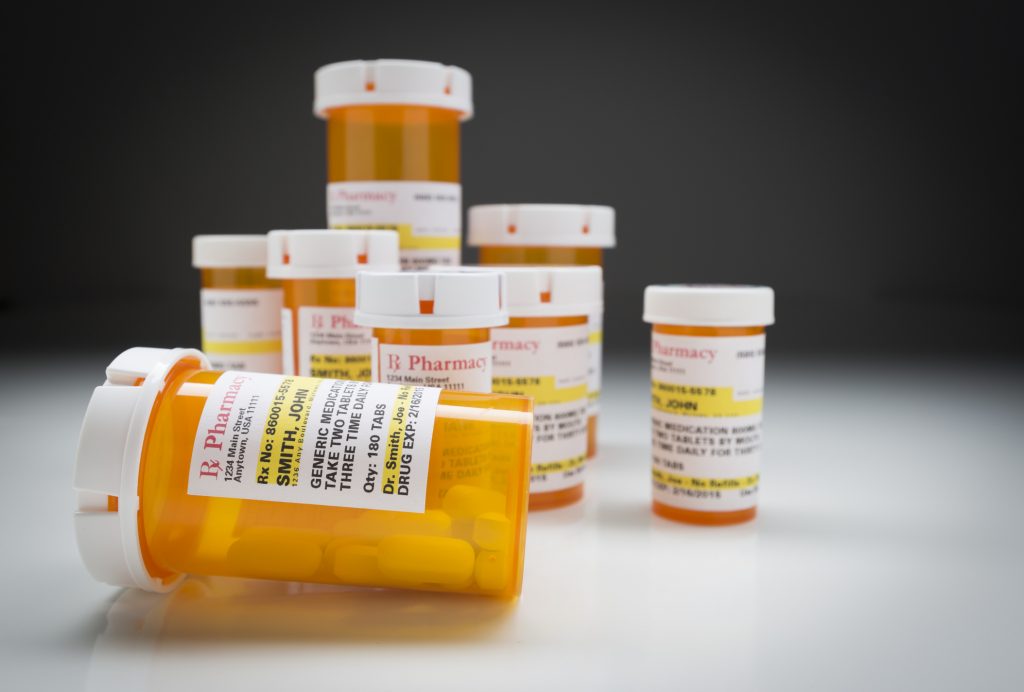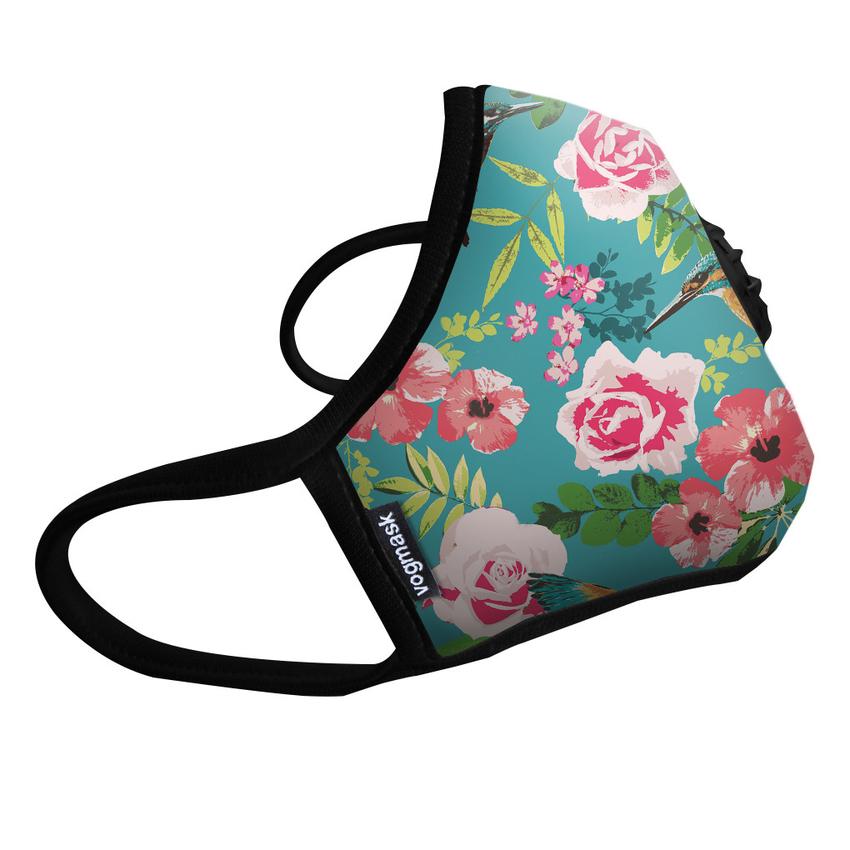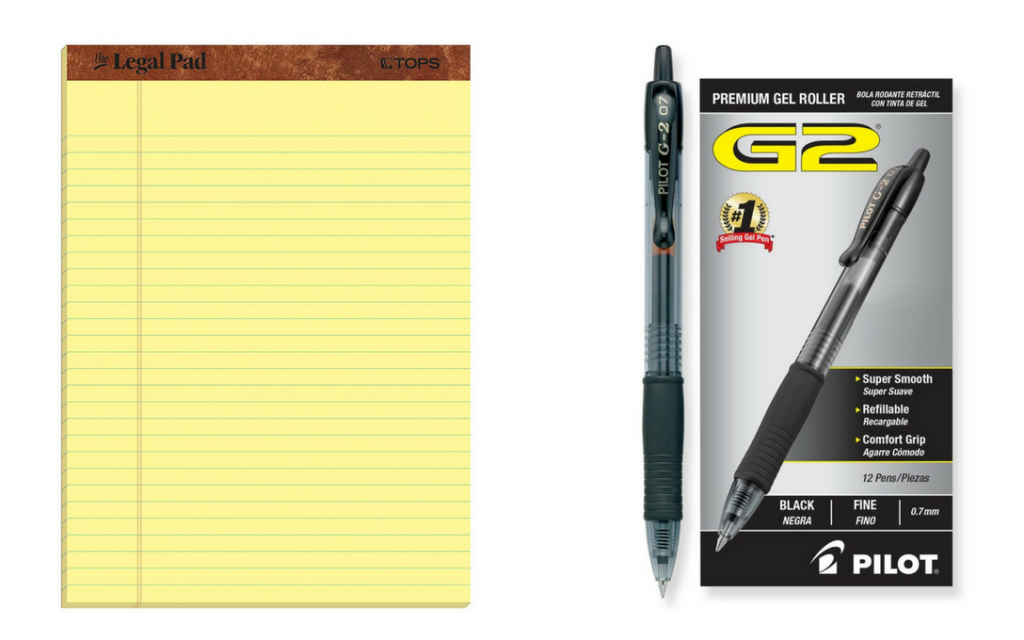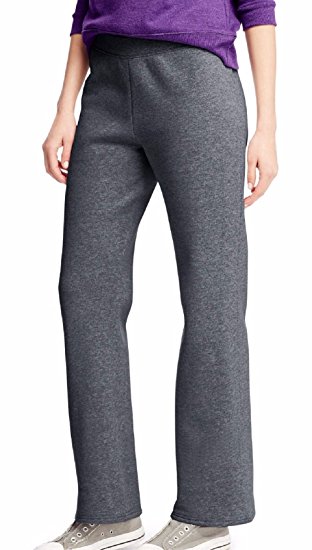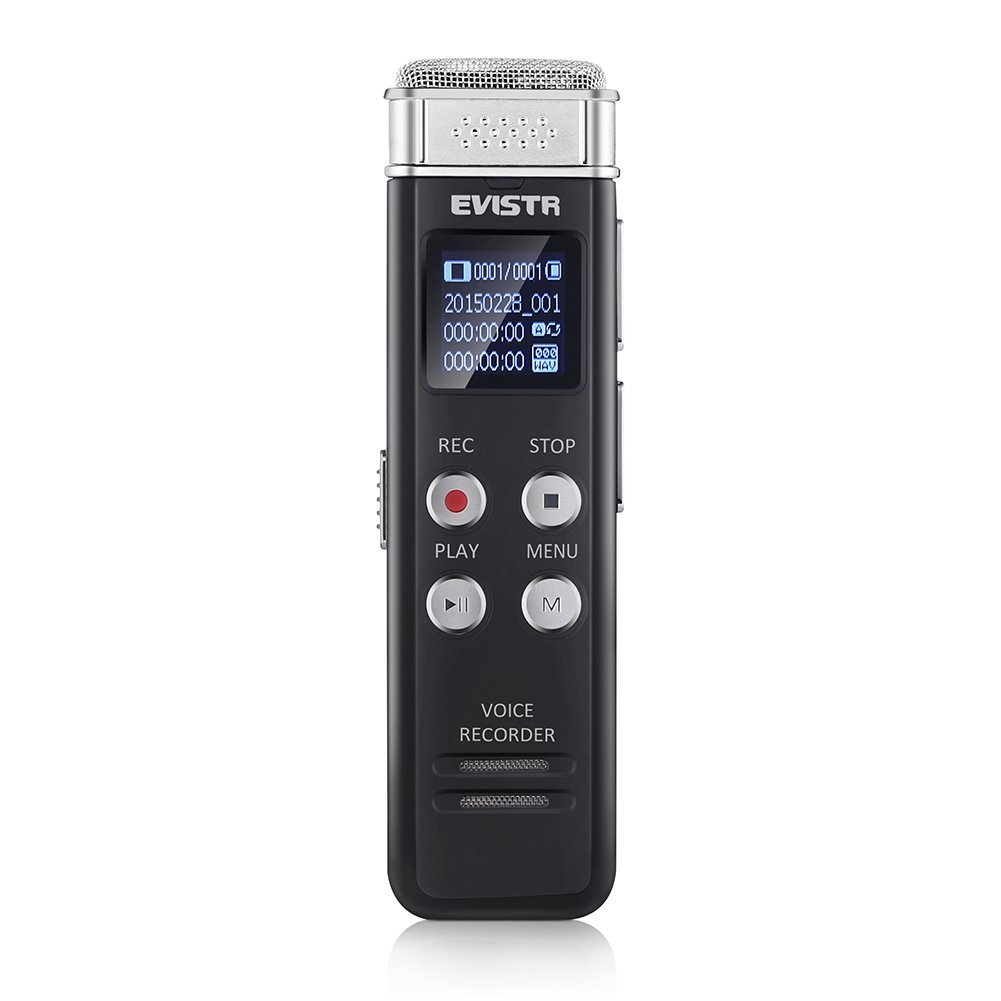15 Essentials You Should Bring to Every Doctor Appointment
Editor's Note
We hope the products below, all recommended by our Mighty community members, help you or a loved one in your health journeys. Just so you know, The Mighty may collect a share of sales from the Amazon links on this page.
As a kid with complex health issues, I pretty much left all the stress and preparation for appointments to my parents – all I had to do was show up! But once I hit adulthood and started managing my own care, I quickly realized how much organization and preparedness can affect the helpfulness and productivity of the appointment.
Preparing for an appointment can mean anything from gathering all your medical records to wearing comfortable clothing. Everyone has different needs and priorities, but there are certain items that can help an appointment go smoothly by keeping your doctor 100 percent informed and up-to-date on all aspects of your condition, and ensuring you both leave the appointment feeling confident and in agreement about how to proceed in managing your health.
To help you prepare for your next appointment, we asked our Mighty community which essentials they bring with them whenever they visit the doctor. Here are their recommendations.
1. A List of Topics and Questions to Discuss With Your Doctor
In the days (or weeks) leading up to your appointment, jot down every question, concern or point of discussion you want to bring up with your doctor, and bring this list with you to your appointment. Meeting with doctors can sometimes be stressful or rushed, so having a list of all the topics you want to cover ensures you don’t forget anything.
“A list of what I need to talk about. Seriously. This saves me so much anxiety and worry about forgetting things. It ensures we will get to everything on it, especially if I warn them about having a list beforehand,” recommended Alex Payne.
“A list of different questions,” said Nicole Gray. “I used to have a number of questions in my mind that I was convinced I would remember; however, on reaching the doctor’s office I’d often find my mind blank, unable to remember what it was I’d wanted to say. Having a list of questions (or even a few bullet points to cover what I wanted to say) really helps me remember everything I want to cover.”
“At least one question about a treatment we haven’t tried, one question about a medication we haven’t tried and I try to have a question about non-standard treatments such as Eastern medicine,” added Masha Polinski.
Buy the “list” notepad above for $8.95 from Amazon.
2. A Trusted Friend or Family Member
It can be helpful to have some back-up if you have a friend or family member who can accompany to your appointment or even drive you there. This person can support you, ask questions and help remember everything the doctor says.
“As [silly] as this sounds, my mom,” wrote Ciera Maxson. “1. I am a nervous wreck and start talking too fast or end up bumbling my words and my mom is basically my translator, and 2. Doctors seem to listen more when there is another person present in the room.”
“Someone else to help remember, to ask questions I may not think of, to push to bring up things I may be too anxious to mention and to just support me in general,” Sarah Nelson told us.
“My husband!” said Adrian Bryant. “He’s my second set of ears and catches things that I miss. He’s also my advocate and my voice when I get overwhelmed!”
3. Snacks and Water
Even if you don’t feel hungry, packing some snacks and water can come in handy – especially if you have to wait for a while before seeing your doctor. I’ve often found that the anticipation of an appointment silences my hunger, but then halfway through my stomach starts making some scary noises. Staying hydrated and nourished can help you think more clearly and focus on the issues you want to discuss with your doctor. Plus, as someone with notoriously “bad” veins, I like to hydrate as much as possible in case I have to get blood work done after my appointment. The fewer pokes, the better!
(Note: Some doctor’s offices or hospitals may not allow you to bring in outside food or drinks, though water is usually OK. Check the office’s policies before bringing in or consuming food.)
“Snacks like energy bars and a water bottle,” recommended Jenny Cerny.
“Comfort food!!” wrote Kristin Neely. “Always gotta be prepared when bad news strikes.”
Buy the KIND bars above (12-ct.) for $14.50 from Amazon. Buy the water bottle above for $10.99 from Amazon.
4. Day Planner
A day planner can be useful even when you’re not at the doctor. It’s a great way to keep track of when you’ve scheduled appointments, tests, procedures, etc., but can also be a good place to write yourself time-sensitive reminders. For instance, I have to give myself an injection every four weeks, so in my calendar I mark my injection days as well as the dates I need to call my pharmacy to order my next dose and the date each dose is scheduled to be delivered.
“Day planner,” recommended Candice Phillips, “so I can give accurate dates for medication and symptom changes, along with tests and appointments with other doctors.”
“My daily/monthly planner,” said Sierra Brown. “I forget everything so I use it to track all of my symptoms, blood pressure, medications used, appointments, tests, etc, etc. I also make a list of what needs to be discussed, that way, I open it and it’s all there with me.”
“I bring my planner so I don’t double book appointments,” added Katherine Moore.
Buy the day planner above for $8.95 from Amazon.
5. Something to Read
Going to the doctor often involves a lot of waiting, but bringing along something to read can help pass the time. Personally, I enjoy reading fun or lighthearted fiction to lighten the mood and transport me far away from the sterile, clinical atmosphere of a waiting room.
“A book to distract me when the wifi or signal is low,” said Jenny Cerny.
Mackenzie Porter wrote, “A book because I tend to have to wait at least 40 minutes after my appointment time to be seen.”
Buy the book above for $6.99 from Amazon.
6. Necklace Essential Oil Diffuser
If essential oils help you avoid offensive scents, stay calm, relieve nausea, etc., then you can bring them on the go to your appointment with a necklace diffuser. The type of essential oil you use depends on your specific needs. For instance, if you tend to feel stressed or anxious at the doctor, then a soothing scent like lavender may help.
Sheri Peterson Hildreth said, “With all the scents/odors/smells around anywhere (especially confined spaces) I always have my necklace diffuser with peppermint essential oil. That allows for quick reaction time to try to stem the offending smells hopefully before they can cause adverse reactions.”
Buy the necklace diffuser above for $25.97 from Amazon. Buy the peppermint essential oil above for $6.99 from Amazon. Buy the lavender essential oil above for $6.99 from Amazon.
7. Medical Records and Information
This is arguably one of the most essential items to bring to your appointment (even if you’re like me and have so many medical files you can barely carry them all). Especially if you’re seeing a new doctor, it’s critical to bring all the medical information you have so they can be completely up to date on you and your health. Here are some ideas of the types of information it can be helpful to bring:
- A list of your current symptoms
- A list of your past symptoms, and the dates you experienced them
- A list of your current medication
- A list of your past medication, any adverse reactions, and why you stopped taking them
- Allergies
- Diagnoses
- Past procedures/surgeries, including dates
- Results from lab work, imaging, medical tests, etc.
- Names, phone numbers, fax numbers and addresses of all your doctors
- Names, phone numbers and relationships of emergency contacts
- The name, phone number, fax number and address of your pharmacy
Even if you have this information on your phone, having a hard copy allows you to hand it to your doctor for them to easily review and make copies to keep in their records if they so choose.
In terms of organizing, find the system that works for you. Maybe you want to keep everything together in a folder, or maybe you want to split it up by document type or by doctor in an expanding file (like the one featured above). Whatever helps you stay organized, go for it.
“[I bring] a list of all the medications I’ve already tried and why they didn’t work,” said Gemma Stacey-Harvey. “Otherwise they suggest the same old stuff that hasn’t worked, or I reacted badly to. This cuts down the explaining time and then we can get onto the important brainstorming of what is left and why it might help.”
Amanda Gordon suggested, “A detailed medical information packet that includes my diagnoses, surgeries, medications, doctors/specialists, emergency contacts and what to do in case of an emergency for medical professionals due to the rareness of some of my conditions.”
“A list of my current symptoms in order of their current severity,” said Delores Luttropp. “I give it to my doctor’s nurse, and my doctor reads it before he comes in. Gives us a good place from which to start our time together, and it has proven to be very a productive tool.”
Buy the expanding file above for $6.49 from Amazon.
8. Your Phone
Chances are you probably take your phone just about everywhere you go already. Though hard copies of medical records and information are important, your phone can prove helpful in a number of other ways. You can take photos or videos of symptoms while they’re flaring to show the doctor (my visible symptoms always seem to magically vanish the day of my appointment…), reference any notes you’ve recorded digitally or, if you use any symptom-tracking apps, that information can be beneficial as well.
“My phone,” said Marisa Powers. “I know it sounds funny but I keep all of my notes and things that I need to bring up on there. All my medical records, photos of symptoms, medication lists, everything.”
“My phone, because it allows me to show progression of symptoms via pictures, physical results through a health care record app and has a list of current medications,” explained Julie Brison.
“I’ve started making small videos on my worst days,” wrote Lexi Dennis. “That way I’m able to show my doctor how bad I get some days. I tend to minimize my own pain automatically when someone asks so I like to be able to show them exactly what a bad day for me looks like when I’m fully flared. I just open the video with date and time and then what’s hurting and what pain level.”
“My phone so I can show my migraine log! Migraine Buddy is one of the best things I ever downloaded!!” Danni Dwyer told us.
9. Health Journal
In addition to bringing in general lists of symptoms you’re experiencing and questions you have, keeping track of how you’re feeling day-to-day can also be a huge asset. Tracking your symptoms and pain level as well as other contributing factors such as quality of sleep, weather, food, drinks and your medications can help you and your doctor identify patterns that may inform future treatment.
“I always brought my pain journal,” said Cindi Rosa. “I used it to track my symptoms, meds, side effects and relief, pain scale, questions, etc. in between appointments. That way when they ask how I’ve been feeling I had an accurate and detailed account of my days. I kept a section specifically for concerns and questions so I could find them easily and mark them off as we discussed them and I would make notes on that day’s entry pages to keep track of anything we talked about that I wanted to make note of. It was a very helpful tool to keep me focused and helped me relay what my pain typically is without having to recall from memory. With chronic pain, brain fog and memory recall become fuzzy; doctor appointments also always brought a lot of anxiety and fear, having my pain journal helped me stay focused and minimized my fear of forgetting something. Hugely helpful.”
Sheryl Clarke wrote, “My health journal. Everything is in there. We figure out triggers and such for my fibro. All my meds are listed and everything that’s going on that day including the weather.”
“Notes, whether on your phone or a piece of paper,” recommended Sherrie Phelps-Snow. “Keep detailed notes on everything. A new symptom? New meds and you have a weird side effect? Any falls or near misses? Every single detail you (or a loved one/caregiver) can document is the most important way for you to be 100 percent involved in your own care.”
Buy the symptom tracking journal above for $8.95 from Amazon.
10. Headphones
A pair of headphones allows you to listen to music, podcasts or audiobooks or even watch movies or TV shows on your phone while you’re waiting at the doctor’s office. Just make sure you don’t miss your name being called!
“Headphones to listen to podcasts or audiobooks,” recommended Michelle Fogarty. “It’s always about the wait!!!”
Buy the headphones above for $35.99 from Amazon.
11. Current Medications in Their Original Bottles (If Possible)
If you take medication, vitamins or supplements that can be easily transported, you may find it helpful to bring in everything you take in its original bottle/packaging for the doctor to look at. This can help them quickly determine how many pills/tablets you have left, how many refills remain, the dosage, etc., and it saves you from writing it all down! However, if you’re on medication that you can’t bring in because it needs to stay refrigerated, is administered at an infusion center, etc., then it is a good idea to write down all the pertinent information about the drug.
“My medication bottles with the exact dosages and how many refills are left. It helps my doctor figure out what to leave alone and what I’m running low on. For my psychiatrist appointments, I bring notes about my mood cycles, anxiety, suicidal thoughts and PTSD symptoms to see if any of my meds need a change,” Simone Brodey explained.
“My food/pain diary along with a bag full of all the meds I’m taking. I can’t always remember all the names and doses so I bring them all in their original containers,” said Marisa Berdeja.
12. Face Mask
For many folks with chronic illnesses, catching a cold or flu can be way more serious than it is for those who are generally healthy. Those of us who have a weakened immune system due to illness or medication are at an increased risk of catching something – but wearing a face mask can help reduce the risk. There are two main types of masks: face masks operate mostly as a barrier against airborne drops of fluid, while respirators act as a barrier in addition to filtering out up to 95 percent of airborne particles. For more information, check out the 10 face masks the chronic illness community recommends.
“My filtered face mask!” wrote Sarah Anne Murphy. “If anyone around me is the least bit sick I will catch it. So I wear my mask to all appointments, especially check-ups with my primary care physician where people in the waiting room have all sorts of contagious illnesses. My mask is from Vogmask and it helps keep me healthy.”
Buy the face mask above for $33 from Vogmask.
13. Notepad and Pen
If you like to take notes and jot down important information during your appointment, it can be helpful to have a scratch pad of paper and pen on hand. I like to include the date and which doctor I’m seeing at the top of each page so it’s easier to make sense of my notes later on!
“Notebook and pen so I can take notes on what was said a) so I can re-read later to make sure I understood what was said and prepare questions for the next appointment and b) so that at future appointments when he/she says they never said that I can show them where I wrote it down,” Erika Clink told us.
“Pen and paper,” said Emma Langner-Whyte. “It’s near impossible to remember all the doctor is telling you without writing it down.”
Buy the notepad above for $11.99 from Amazon. Buy the pens above (12-pack) for $11.99 from Amazon.
14. Comfortable, Loose Clothing
When I go to the doctor, my top priority is usually comfort. Medical offices are often quite cold and clinical, so I like to wear warm, cozy clothing like sweatpants and a sweatshirt. It also may be helpful to consider the option that you will have to change into a gown or need to slip your shoes on and off to have your height and weight measured. I tend to wear loose articles of clothing and shoes that are easy to take on and off to make the process a bit easier and less energy-consuming.
Jenny Cerny told us, “I dress comfy in loose thermal sweatpants because I never know how long I will be in there or if they’re going to have the AC blasting. An extra jacket, comfy socks, and slip-on shoes – these help me take naps in any spot (usually the exam table) while I wait.”
Buy the sweatpants above starting at $9 from Amazon.
15. Audio Recorder
If you struggle with brain fog or aren’t able to write as fast as your doctor speaks, it may be helpful to bring an audio recorder to record your conversation. Just make sure to ask your doctor (or anyone else you plan to record) for their permission first.
Misty Levenick said, “[I bring] a notebook or audio recorder so I don’t forget.”
Buy the audio recorder above for $29.88 from Amazon.

